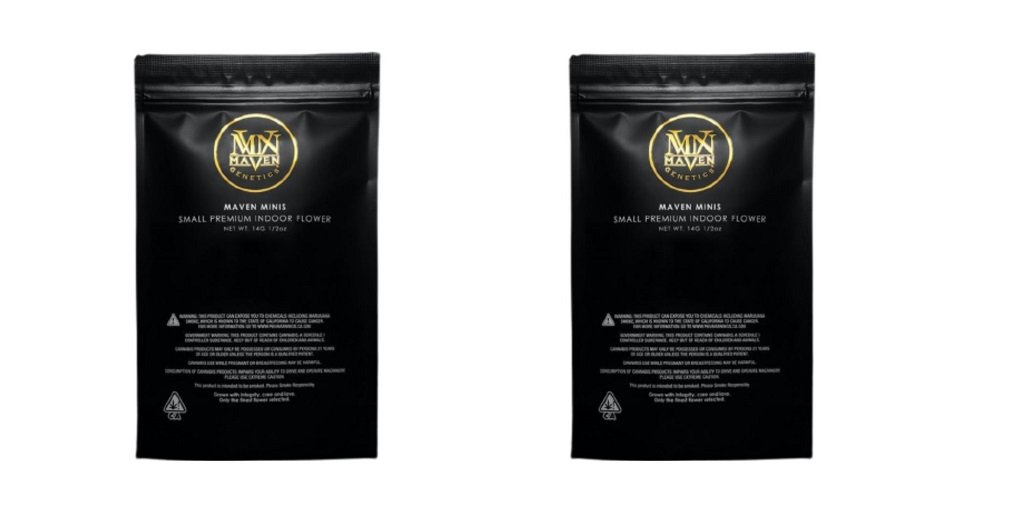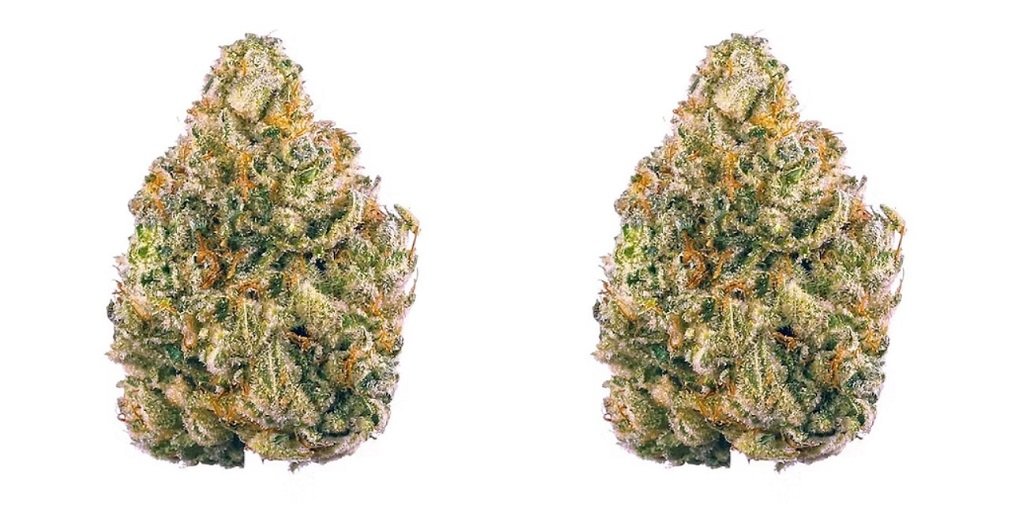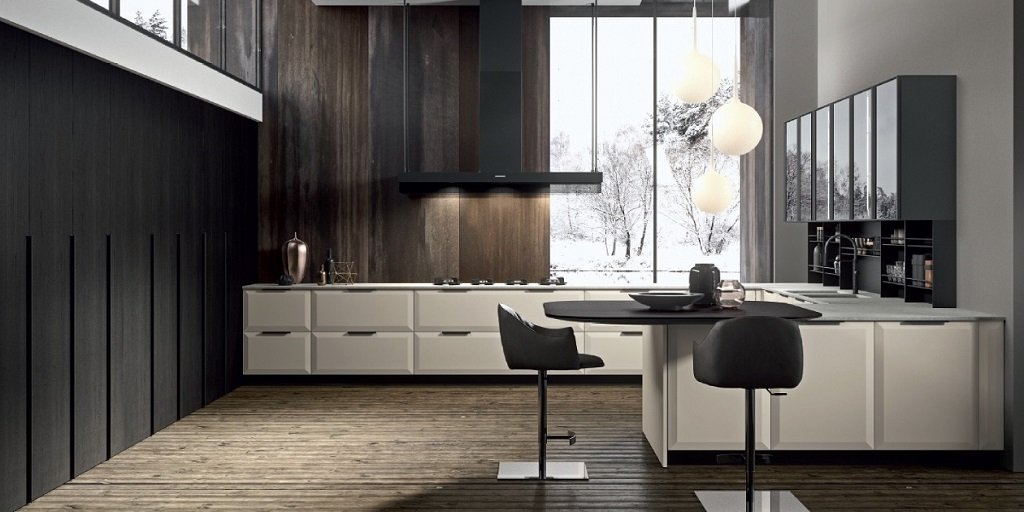Wine has long been associated with celebration, culture, and relaxation. However, not everyone desires the effects of alcohol. Whether due to health reasons, religious beliefs, pregnancy, personal choice, or the simple desire to avoid hangovers, more people are turning to non-alcoholic wines. Once considered a niche category, these wines have become a sophisticated option for anyone seeking a more mindful drinking experience. As the demand for wellness-oriented lifestyles continues to rise, the non-alcoholic wine industry has responded with improved taste, variety, and accessibility.
What Is Non-Alcoholic Wine?
Many people confuse non-alcoholic wine with grape juice, but they are distinctly different. Non-alcoholic wine is real wine that undergoes the traditional winemaking process—fermentation, aging, and sometimes even oak barrel storage—before the alcohol is removed. This is why it retains the complex aroma and flavor profiles of its alcoholic counterpart. In contrast, grape juice is simply unfermented, often much sweeter and lacking the body and acidity that wine lovers seek.
The process of de-alcoholization is key. Several techniques are used to remove alcohol from wine, including vacuum distillation, spinning cone technology, and reverse osmosis. Each method has its strengths, but the goal is always to retain the wine’s natural essence while reducing the alcohol content to below 0.5% ABV (alcohol by volume), which is legally considered non-alcoholic in many countries.
Why Are People Choosing Non-Alcoholic Wines?
The shift toward non-alcoholic wines is not just a passing trend—it’s part of a broader movement towards conscious consumption. For many, it’s about balancing indulgence with well-being. Here are some of the most common reasons why people are choosing non-alcoholic wine:
Health and Wellness
Alcohol consumption is linked to various health concerns, including liver disease, heart problems, and increased cancer risk. Non-alcoholic wines provide an alternative that lets people enjoy the ritual of wine without the health risks. Some non-alcoholic wines even retain antioxidants like resveratrol, which is beneficial for heart health.
Pregnancy and Parenting
Expectant mothers often miss the social and sensory experience of enjoying a glass of wine. Non-alcoholic wine offers a safe option that allows them to participate in celebrations and unwind without endangering their health or that of their baby.
Fitness and Weight Management
Alcohol contains empty calories that can contribute to weight gain. Non-alcoholic wine typically has fewer calories, making it a smarter choice for those watching their intake.
Mental Clarity and Productivity
Many professionals and creatives are opting for alcohol-free alternatives to stay sharp and productive. Non-alcoholic wine enables them to relax and enjoy without experiencing the mental fog or sluggishness associated with alcohol.
Cultural and Religious Reasons
In many cultures and religions, alcohol is frowned upon or outright forbidden. Non-alcoholic wine offers a respectful and enjoyable substitute that still feels festive and traditional.
The Evolution of Flavor: From Flat to Fantastic
In the past, non-alcoholic wines were often criticized for tasting flat, overly sweet, or simply bland. However, advances in technology and growing demand have driven producers to raise their game. Today’s best non-alcoholic wines boast complexity, balance, and nuance.
Red non-alcoholic wines now carry notes of blackberry, cherry, and oak, mimicking traditional Merlot, Cabernet Sauvignon, or Pinot Noir. Meanwhile, white non-alcoholic wines offer bright flavors like green apple, citrus, and floral tones, reminiscent of Sauvignon Blanc or Chardonnay. Sparkling varieties, modeled after Champagne or Prosecco, bring lively bubbles and crisp acidity, perfect for toasts and celebrations.
To achieve this improved quality, winemakers focus on high-grade grapes, careful fermentation, and gentle alcohol removal techniques. They also sometimes blend in natural flavors or adjust acidity to preserve the mouthfeel and finish of the wine.
Best Non-Alcoholic Wines on the Market
Choosing the right non-alcoholic wine can feel overwhelming with the growing number of options. Here are a few standout brands and bottles that have earned high praise:
Ariel Vineyards (USA)
A pioneer in the space, Ariel produces dealcoholized wines like the Ariel Cabernet Sauvignon and Ariel Chardonnay. They’re widely available and offer a reliable entry into the category.
Leitz Eins Zwei Zero (Germany)
A premium German producer, Leitz offers a Riesling and Sparkling Riesling that are both crisp and complex, with excellent acidity and minerality.
Thomson & Scott Noughty (UK)
This sparkling Chardonnay is organic, vegan, and beautifully dry—perfect for celebrations or pairing with fine cuisine.
Giesen 0% (New Zealand)
Known for its Sauvignon Blanc, Giesen’s non-alcoholic version delivers fresh citrus and tropical notes without the alcohol.
Surely Wines (USA)
With a modern branding and wellness-first approach, Surely offers still and sparkling wines that appeal to younger drinkers.
Pairing Non-Alcoholic Wine with Food
One of the joys of wine is its ability to enhance food, and non-alcoholic wine is no different. When paired properly, it can elevate a meal and create memorable dining experiences. The key is to match the flavor intensity and character of the wine with your dish.
For red wines, think heartier meals—grilled vegetables, mushroom risotto, or plant-based burgers. A bold non-alcoholic red like a Cab Sauv pairs well with BBQ or pasta in red sauce.
White wines shine with lighter fare—grilled fish, chicken, salads, or creamy cheeses. A dry, crisp non-alcoholic white works well with Asian cuisine or citrus-based dishes.
Sparkling wines are the most versatile, pairing with everything from appetizers to desserts. Try them with charcuterie, oysters, sushi, or fruit tarts for a refreshing finish.
How to Serve Non-Alcoholic Wine
Just like traditional wine, serving temperature and glassware matter when it comes to non-alcoholic wine. Here are some quick tips:
- Reds should be slightly cooler than room temperature (around 55–60°F or 13–16°C).
- Whites and rosés are best served chilled (around 45–50°F or 7–10°C).
- Sparkling wines should be ice cold (about 40–45°F or 4–7°C).
Use appropriate wine glasses to enhance the aroma and taste, and don’t hesitate to decant a non-alcoholic red to let it breathe. Doing so can enhance the flavor profile significantly.
Are Non-Alcoholic Wines Truly Alcohol-Free?
While most non-alcoholic wines contain less than 0.5% ABV, they are not always completely alcohol-free. This is important for individuals who must avoid all traces of alcohol, such as recovering alcoholics or those with medical restrictions. However, the amount of alcohol is minimal—comparable to that found in ripe fruit, kombucha, or even some bread.
If you need a truly 0.0% wine, check the label carefully or look for certifications that indicate complete dealcoholization. Many producers are now clearly labeling their wines to distinguish between low-alcohol and alcohol-free.
The Future of Non-Alcoholic Wines
The global non-alcoholic wine market is booming, with projections estimating billions in growth over the next few years. What was once seen as a compromise is now being embraced by celebrity chefs, luxury resorts, and health-conscious consumers worldwide.
Expect to see more innovation in flavor, packaging, and marketing. Wine clubs dedicated to non-alcoholic options are emerging, and sommeliers are beginning to include alcohol-free selections in their tasting menus. As the stigma around abstaining from alcohol continues to fade, non-alcoholic wine is stepping confidently into the spotlight.
Conclusion
Non-alcoholic wine is more than just a substitute—it’s a statement. It says you can enjoy the finer things in life without sacrificing health, clarity, or control. Whether you’re sober-curious, cutting back, or abstaining entirely, non-alcoholic wine offers a delicious, sophisticated way to stay connected to culture, cuisine, and community.
As winemakers continue to refine their craft, the gap between traditional and non-alcoholic wines will only get smaller. So the next time you’re reaching for a bottle, consider going alcohol-free—you might be surprised by how satisfying the experience can be.











Leave a Reply